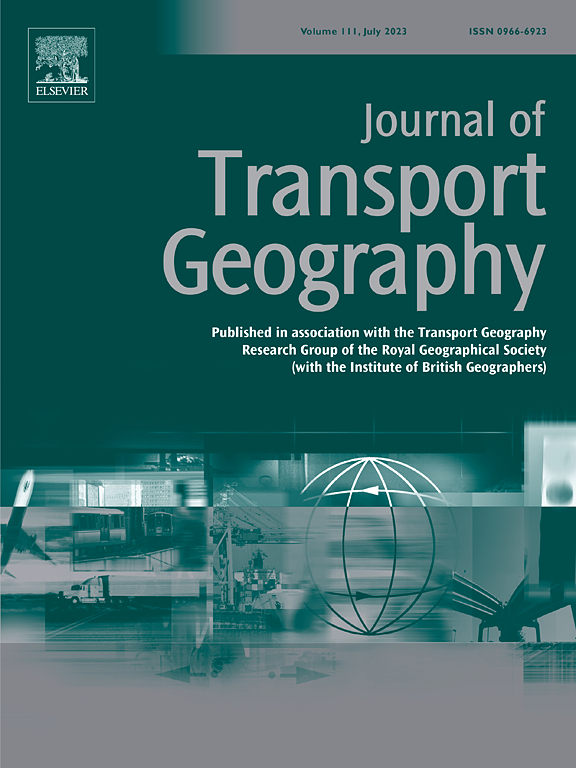Measuring emergency medical service accessibility using the improved 3SFCA: With a focus on key population influence
IF 6.3
2区 工程技术
Q1 ECONOMICS
引用次数: 0
Abstract
Emergency Medical Service (EMS) is essential for patients in life-threatening situations. As population structure shifts drive a steady increase in EMS demand, the efficient allocation of EMS resources has become more critical than ever. Prioritizing populations with higher EMS needs and ensuring that their demands are matched by EMS accessibility can help reduce wasted resources. However, most current studies on EMS accessibility often ignore variations among different population groups. To better characterize the needs of key populations, this study proposes an improved three-step floating catchment area (3SFCA) method. This method can more accurately simulate the centralized dispatch process of EMS centers. A case study of Shenzhen's spatial and temporal EMS accessibility patterns validates the effectiveness of the improved 3SFCA and highlights its differences with the existing methods. The results show that traditional methods overestimate EMS accessibility and horizontal equity in many areas. Some EMS stations have low supply capacity to meet the higher emergency demand in their regions. The vertical equity analysis further highlights the importance of prioritizing areas with concentrations of vulnerable populations. The application of 3SFCA has been enriched. The findings may assist urban planners and emergency managers in designing targeted resource allocation decisions for population aging.
使用改进的3SFCA衡量紧急医疗服务可及性:重点关注关键人群的影响
紧急医疗服务(EMS)对生命垂危的病人至关重要。随着人口结构的转变,医疗服务需求稳步增长,医疗服务资源的有效配置变得比以往任何时候都更加重要。优先考虑有较高医疗服务需求的人群,并确保他们的需求与医疗服务的可及性相匹配,这有助于减少资源浪费。然而,目前大多数关于EMS可及性的研究往往忽略了不同人群之间的差异。为了更好地描述重点人群的需求,本研究提出了一种改进的三步浮动集水区(3SFCA)方法。该方法可以更准确地模拟EMS中心的集中调度过程。以深圳市EMS时空可达性格局为例,验证了改进的3SFCA方法的有效性,并突出了其与现有方法的差异。结果表明,传统方法在许多地区高估了环境服务可达性和水平公平性。一些紧急医疗服务站的供应能力较低,无法满足其所在地区较高的应急需求。纵向公平分析进一步强调了优先考虑弱势人口集中地区的重要性。丰富了3SFCA的应用。研究结果可帮助城市规划者和应急管理人员设计有针对性的人口老龄化资源分配决策。
本文章由计算机程序翻译,如有差异,请以英文原文为准。
求助全文
约1分钟内获得全文
求助全文
来源期刊

Journal of Transport Geography
Multiple-
CiteScore
11.50
自引率
11.50%
发文量
197
期刊介绍:
A major resurgence has occurred in transport geography in the wake of political and policy changes, huge transport infrastructure projects and responses to urban traffic congestion. The Journal of Transport Geography provides a central focus for developments in this rapidly expanding sub-discipline.
 求助内容:
求助内容: 应助结果提醒方式:
应助结果提醒方式:


